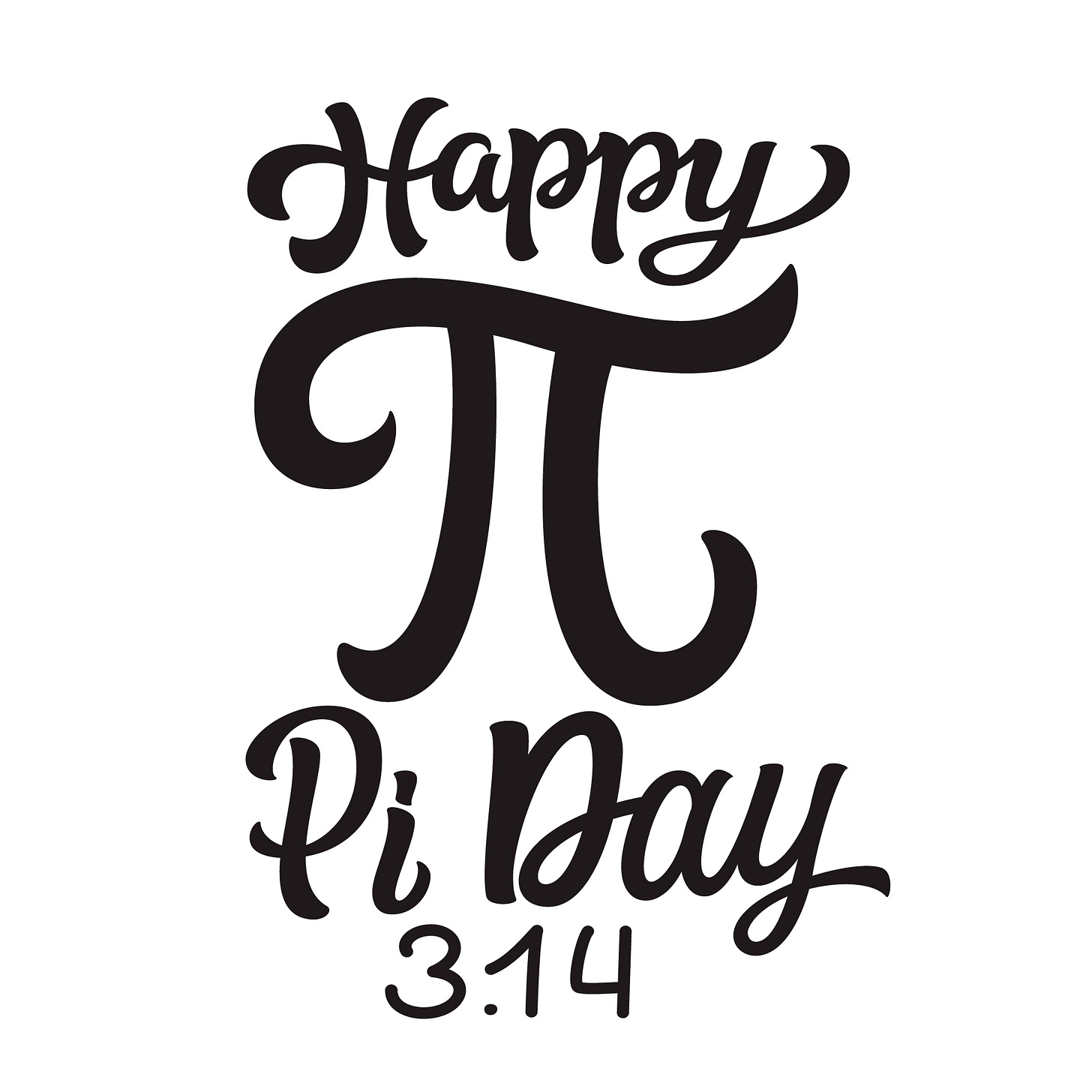The Unending Circle: Pi and the Planck Length, a Reflection for Pi Day
A whimsical philosophical question about a fun number is also a thought experiment probing the very nature of the universe.
Every Pi Day, as we complete (close enough for practical approximation) another journey around the sun, I find myself reflecting on the irrationality of pi. Pi Day gives us a chance to celebrate a doorway into the endless, intricate dance between mathematical abstraction and physical reality without being judged to harshly by our friends that would rather discuss just about anything else.
Pi plays a prominent role in my favorite novel, Contact, by Carl Sagan, in which pi is used as the most visible example in discussing irrational numbers. No matter how long you carry out your long division of pi, you’ll never find it’s end. Indeed, it has no end. The realization is one of the things that inspires the main character, Eleanor Arroway, to pursue a career in science.
The notion does inspire whimsical philosophical questions. What’s hidden in the digits of pi? What’s the significance of never being able to fully know a number? And, in fact, pi is unremarkable in that regard. Though pi is special because it relates to fundamental geometric shapes and measurements, it’s not at all special in being irrational. In fact, it’s the rational numbers, the numbers we learn about first as toddlers and reference most in our daily lives, that are the serendipitous oddballs in the mathematical universe.
Well, as it turns out, there is a basic quantum mechanical thought experiment that that pi calls attention to.
But first, the basics:
Pi (π)
Pi (more precisely, “π”) is the ratio of the circumference of a circle to its diameter. The expressions is elegantly simple and infinitely important, telling us how to describe anything that operates equidistantly in two dimensions—motions through gravitational fields, quantum mechanical orbitals, the manufacture of beach balls, and the formation of stars and planets. Yet its expression in numbers is eternal, unending, always further divisible:
π > 3.14159265358979323846…
When a practiced artist or a skilled engineer uses precision instruments to draw a circle, they imbue it with some promise of mathematical perfection. Yet, the moment we calculate its circumference using π, we confront the undeniable truth: perfection in mathematics is a mirage. The circle will never actually be truly, perfectly closed.
This realization has captivated minds for millennia. With even the simplest tools, numbers, and goals at hand, the universe defies our desire for neat, complete explanations.
The Planck Length
Quantum mechanics reveals a fundamental metric in the universe: the Planck Length, approximately 1.616×10⁻³⁵ meters. This is not merely a minuscule unit of measurement; it is the theorized smallest possible scale of spacetime. Anything smaller than this limit is in a realm that dissolves into quantum fluctuations. We could not, even in our wildest dreams with infinitely precise equipment, explore scales smaller than that without mathematically trading other vital information, a mind-bending revelation resulting from the Heisenberg Uncertainty Principle.
The Experiment
We have, then, an interesting test of pi and basic universal uncertainty in plain sight.
Take the circumference of any circle, divide by its diameter, and set your local supercomputer to calculate digits of pi to a precision finer than the Planck Length allows. You can certainly calculate pi to such a degree, but the circle is still open even as your calculations describe dimensions smaller than the Planck Length. Even at this most fundamental, imperceptible unit of measurement in the universe, the circle never closes, and pi goes on.
Our whimsical philosophical question about a fun number is therefore a thought experiment probing the very nature of the universe, or at the very least, our mathematical structure for measuring and understanding the universe.
As quantum mechanics teaches us, subatomic space does not behave as the continuous, smooth fabric we envision. Instead, it becomes a shifting, twisting, boiling mosaic of probabilities and uncertainties. There are two basic possibilities for what all this means: 1) Our understanding of the universe and the way we describe it through quantum mechanics, and indeed, mathematics entirely, is incomplete. Advanced civilizations in other galaxies could be watching our adorable struggle with something so crude as math, waiting to see if we discover the higher order methods for experimenting on the universe. Or, more in line with conventional wisdom: 2) Just as we can never fully "close" a circle in numerical terms, the fabric of reality might never allow us to pin down its exact structure. There’s an exhilarating tension between the perfect and the approximate—a reminder that our models, however sophisticated, are but stepping stones toward a more elusive understanding of the cosmos.



